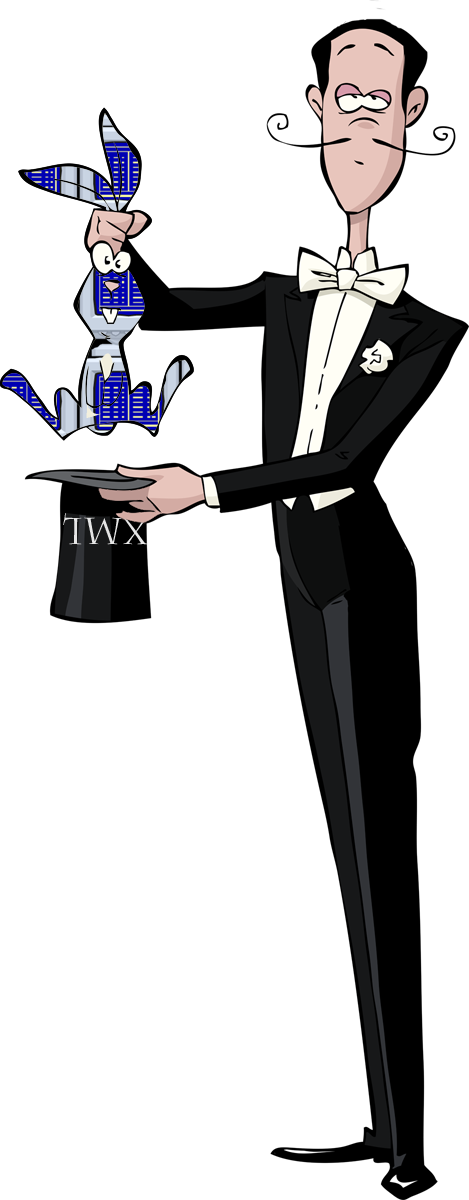
Program
XML In, Web Out: International Symposium on sub rosa XML
a Balisage pre-conference symposium
Monday, August 1, 2016
Conference Registration & Continental Breakfast
Pick up your conference badge outside the White Flint Amphitheater and join us for a light breakfast.
Monday 9:45 am - 10:30 am
XSLT as a powerful static website generator: Hogrefe’s Clinical Handbook of Psychotropic Drugs
Martin Kraetke & Gerrit Imsieke, le-tex publishing servicesHogrefe’s Clinical Handbook of Psychotropic Drugs (CHPD) has for years been published from a bespoke XML vocabulary. When the publisher decided to market this flagship reference product in a standalone electronic version, goals included mobile access and faster lookup by substance name, trade name, indications, and drug interactions. Mobile-friendliness was required so that healthcare professionals could use mobile phones to access the content, including the many large tables. Many content-driven Web sites address similar challenges using a combination of Markdown content and static site generators written in procedural languages. Our experience shows that modern XSLT can create such electronic applications with moderate effort and superior results.
Monday 11:00 am - 11:45 am
The XML expert’s path to web applications
Anne Brüggemann-Klein, Technical University of Munich (TUM)Web applications offer a golden opportunity for domain experts who work with XML documents to leverage their domain expertise, their knowledge of document engineering principles, and their skills in XML technology. Current XML technologies provide a full stack of modeling languages, implementation languages, and tools for Web applications that is stable, platform independent, and based on open standards. Combining principles and proven practices from document and software engineering, we identify architectures, modeling techniques, and implementation strategies that let end-user developers who are conversant with XML technologies create their own Web applications.
Monday 11:45 am - 12:30 pm
Meta(data)morphosis
Ashley M. Clark & Sarah Connell, Northeastern UniversityCultures of Reception is a collection of brief periodical documents (largely reviews) on the subject of texts published in Women Writers Online. It is a case study in the creation and metamorphosis of a corpus of transcriptions intended for web publication. We discuss the important characteristics of the collection that constrained our design including the importance of establishing links to existing materials. We also describe the steps taken during encoding and publication, the development of a web-based tool to guide the process, and the goals and design of the web interface used to publish the collection.
Monday 2:00 pm - 2:45 pm
Messaging format persistence in Healthcare.gov and other large enterprise systems
Damon Feldman, MarkLogic CorporationIn many large enterprise systems, the impedance mismatch between major parts of the system is overcome only with costly, fragile mapping layers. But if we construct the model for persistent information from the messages used in the system, rather than from some common-ancestor logical model, it becomes possible to use XML message formats directly or nearly directly to persist data and enable functionality. Using message models this way may require making them more rigid and predictable, since message models must vary by purpose but persisted forms need to be completely predictable. This technique has proven itself in practice on the HealthCare.gov Data Services Hub and for a large insurance provider.
Monday 2:45 pm - 3:30 pm
XQuery is not (just) a query language
Gregory Murray, Princeton Theological SeminaryXQuery is widely known as a query language for XML. It’s also a full-fledged, functional programming language which, with a limited number of implementation-provided extensions, can serve in a web development context as both the query language and the programming language. We describe techniques for developing web applications in XQuery—techniques that will reduce complexity and help developers produce well-organized, testable, portable code that is easy to build upon and maintain over time. Topics include using MVC, keeping functions testable, using RESTXQ for URL rewriting, and isolating implementation-specific functions into separate modules.
Monday 3:30 pm - 4:15 pm
The Kiln XML publishing framework
Paul Caton & Miguel Vieira, King’s College, LondonThe Kiln framework (originally named xMod) is an open-source multi-platform framework for building and deploying websites for digital humanities research projects. TEI-encoded XML files are the main content; XSLT transforms are the gateway through which content is fetched. Kiln satisfies the requirements for shared core functionality, project-specific extensions and displays, and display-setup by people with different backgrounds, knowledge, and skills. Apache Cocoon (sitemap+pipeline) runs Kiln. Free text search is provided by the Solr search platform with an indexing pipeline. Kiln includes the Sesame web apps to process and make inferences over RDF data. The Kiln framework has been used to generate more than 50 humanities websites with differing source materials and customized functionality.
Monday 4:45 pm - 5:30 pm
Panel Discussion - Q&As
The Symposium presentations demonstrate how the XML stack can work in harmony with other common stacks (web, java, etc), playing to each others strengths while offsetting weaknesses. A panel comprised of speakers and domain experts will discuss techniques that promote harmony and interworking between technology stacks, as well as idioms to be avoided. Questions and observations from attendees will shape the discussion of how to make the XML stack 'play nice' with others..